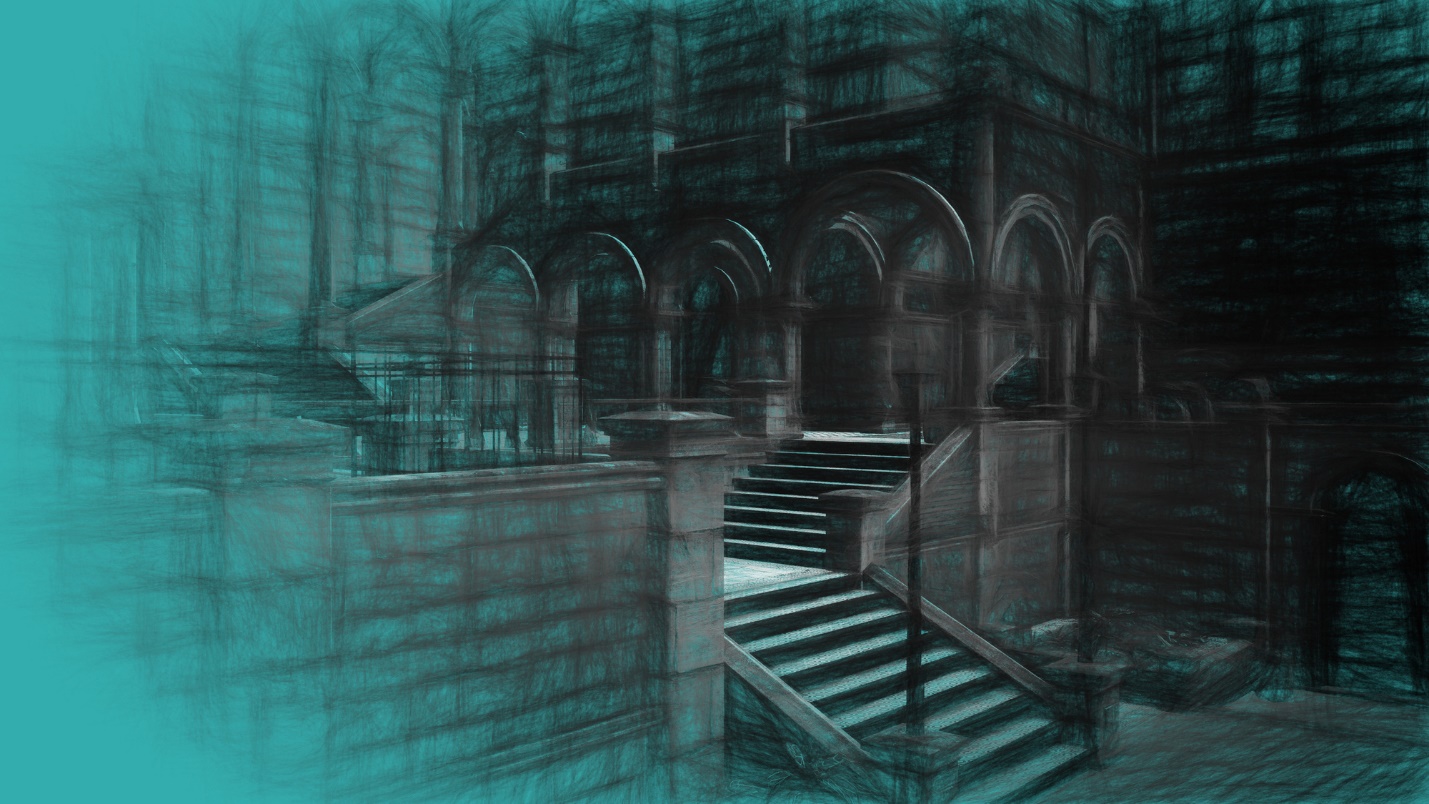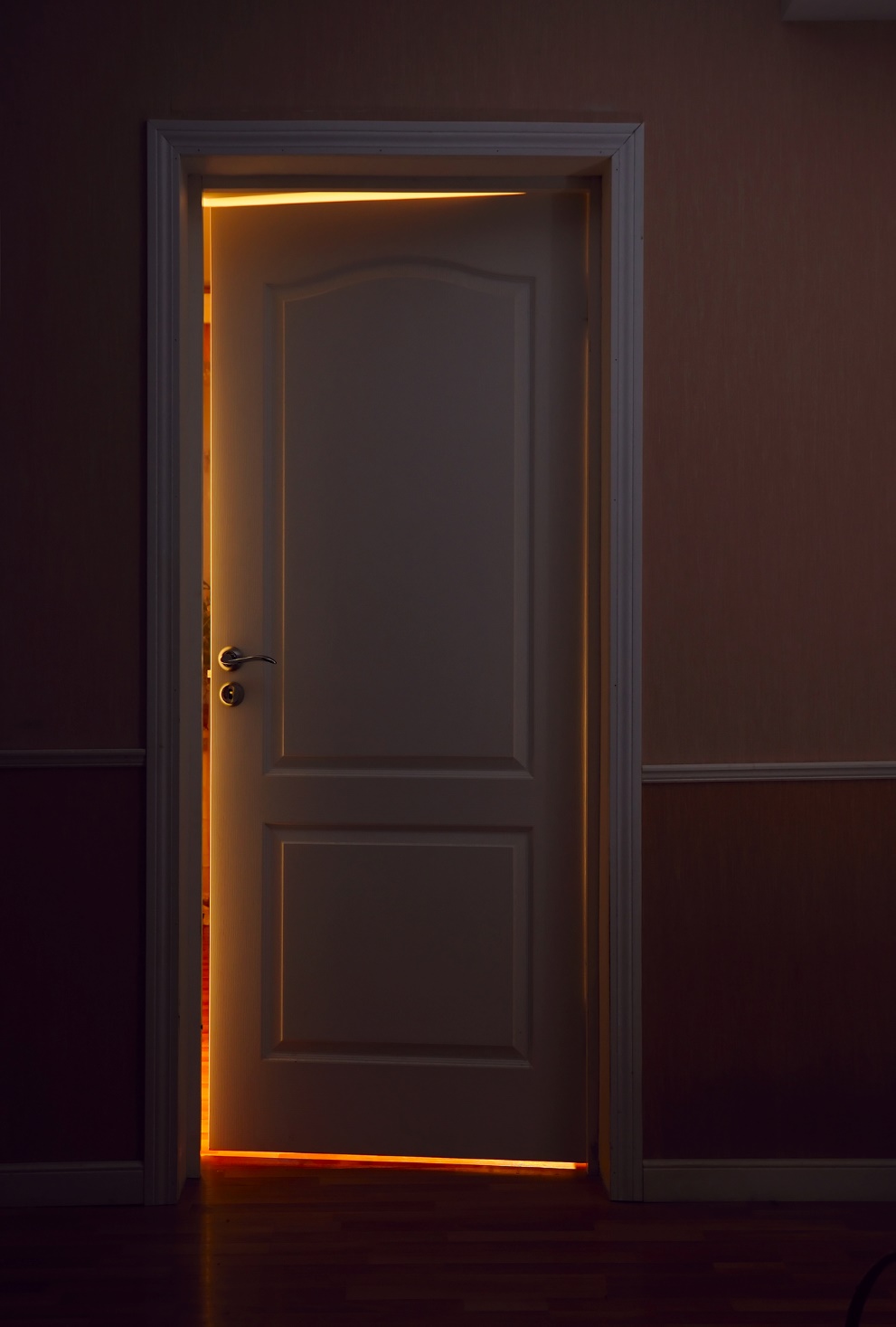BP65
Psychologists are known for some memorable quotes.
It was Abraham Maslow who said, I suppose it is tempting, if the only tool you have is a hammer, to treat everything as if it were a nail.

Alfred Adler wrote, The only normal people are the ones you don’t know very well.
Remembering [raising repressed trauma into conscious awareness] is the best way to forget, Sigmund Freud said.
William James is credited with saying, Whenever two people meet, there are really six people present. There is each man as he sees himself, each man as the other person sees him, and each man as he really is.
Then there is the anonymous psychologist who famously asked, How many psychologists does it take to change a lightbulb? Only one, but the lightbulb must want to change.
Finally, we have the quote that has been patched together by several individuals including Gestaltian therapist, Fritz Perls: Neurotics build dream castles in the sky, psychotics live in them, people with OCD clean them, and psychiatrists collect the rent.

Speaking of the castles some people live in, today’s blog post considers the stories of two women—Beth and Caitlin–and how they built their castles in the sky (their versions of reality). One woman built her dream castle in the outside world while the other built hers inside her mind. Let’s begin with Beth’s castle, the outside one.
Beth spent the first six years of her life living with her mother, father, and baby brother. The Billings family attended church, had family movie nights with pizza every week, and sang songs together whenever they drove together in the car.
They also went on camping vacations that were the highlight of Beth’s young life. She always looked forward to helping her father set up the tent and gather wood to start a fire. Most of all, Beth loved sitting in her father’s lap as her hero read books to her by the fire until she fell asleep.
Her life was peaceful. No, it was idyllic–even magical to the imaginative little girl.
Then, one day, Beth’s real world blew up.
Beth’s father abruptly left the family and moved in with a woman he knew from work. He took Beth’s three-year-old brother with him. The sudden departure of her father and sole sibling rocked Beth’s world and wrecked her emotional security. Her ideal world was reduced to rubble.
Maybe the worst part of the terrible nightmare was that Beth did not see it coming—and that is saying a lot since Beth was a very sensitive girl who was very aware of her environment for being only six.
For months, Beth could not accept her new reality. She could not assimilate into her preexisting cognitive schema the harsh truth that her hero had abandoned her. She cried every day for a month. Her mountaintop dream world tumbled off a cliff and plunged into a dark chasm of nightmares and denial.
Many children can adjust to terrible realities given enough time and some consistent support. Unfortunately, Beth received little support from her mother who fell into a deep depression after her husband rejected her.
After months of refusing to accept that the new reality was permanent and clinging instead to the magical fantasy that her father would one day return, Beth finally came to the point where she surmounted her denial and reluctantly accepted the fact that her new reality was her and her mother against the world.
Beth ended up taking care of her mother more than her mother took care of her. The determined little girl proved to be unusually resourceful for being so young. In her six-year-old mind, she found ways to survive the double loss of her father and brother while being strong for her mother. It was that or curl up into a ball and die.
Precocious Beth grew up fast. She had to, with no father around and a mother who slept all the time when she wasn’t working. Beth started doing the laundry for her emotionally disabled mother and did her best to cook many of the meals. Waffles and scrambled eggs became common fare around the house—for breakfast or supper.
Beth even developed a bedtime routine to soothe her sad self. Every night, she read bedtime stories aloud, sang songs to herself, then tucked herself into bed with her teddy bear. As she fell asleep, she tried not to think about her father. She didn’t want to feel sad about a man she had begun to hate. He didn’t deserve her tears.

When she turned seven, Beth began to think about her dream castle. Every night as she was falling asleep, she would build it in her mind. She obsessed about how she was going to have a perfect life when she grew up—when she would be the adult who made the decisions.
Beth constructed a magical world with the most amazing husband who was a wonderful father to her children and a knight in shining armor for her. In this idyllic reality, she was not at the mercy of the adults in her real world who had ruined her life–a selfish father and a weak mother who was not strong enough or smart enough to keep her husband around.
No, in the Beth world, she would be in charge. She would make reality what she wanted it to be, and it would be very good.
No, it would be perfect.
During the years from seven to eighteen, Beth grew into a young woman who developed six immutable characteristics: She was highly intelligent; she was an idealist (thus the dream castle); she was an over-incorporater (she scanned her environment with 360 degree radar, noticing everything); she did not trust anyone more than she trusted herself (if anyone ever disagreed with her, she was right and they were wrong); she expected perfection from both others and herself in her ideal little kingdom; and she had developed a strong confirmation bias, always looking for what she already believed was true about the world, namely, that if she did not control it, bad things would happen (e.g., a father would suddenly leave).
By the time she met Mark at the University, Beth had her whole life planned out—and her husband’s and that of her children as well. She knew exactly how married life would look and how she and her husband would raise her kids and how they would budget their money so carefully that they could take magical trips to Europe and Asia together as a lovely family. She even had designed the floor plan of the perfect house she wanted.
After all, she had rehearsed everything ten thousand times over a period of twelve years.
Yes, everything in her dream castle life would be exactly the way she had designed it in her busy and imaginative mind. In a way, she had become a goddess who created her own reality.
Nothing would interfere with the Beth world (unless her husband had a mind of his own).

After the wedding, Mark played his part well—at least at the beginning. Since he had been emotionally castrated in childhood by his volatile and shaming mother, he was already conditioned to be with a strong wife who demanded that her husband fit into her dream castle version of life.
Initially and predictably, Mark accepted a more passive role in the marriage and complied with whatever his wife wanted. She had everything planned out, anyway, so it was natural for him to defer to her. He rationalized that he complemented strong women well.
Somewhere deep inside, Mark did feel a bit controlled at times, but being controlled has some benefits, doesn’t it? For example, he could get away with being less responsible. What he didn’t do, Beth would certainly do for him to maintain her idyllic reality.
Predictably, then, the fly in the ointment was that Mark was not a perfect man: he slept too late on weekend mornings, occasionally wanted to go fishing with his friends, wanted fewer children than Beth did, overspent her spartan budget by at least $85 every month, and didn’t celebrate her birthday in the amazing fashion that would make up for all her terrible birthdays as a little girl.
In Beth’s rigidly idealistic mind, Mark’s imperfections could not exist. Her husband was designed to be the opposite of her childhood experience. It was simply not acceptable that he would disappoint her.
When compliant Mark eventually went to counseling due to depressive symptoms, he began to grow a self separate from his wife. Mark’s growing separation was frightening for Beth because, in her experience, when men grow separate, they leave their families.
It was not long before Mark began protesting Beth’s strict (perfect) expectations for him. Unfortunately, his healthy growth as a separate person felt unloving to her. She had written the lines her husband was supposed to read in her play, but now—flying in the face of all her expectations–he was writing his own lines. Mutiny and betrayal!
As Mark continued to grow into a strong man, Beth increasingly despised him. He was becoming yet another man (like her father) who hurt her, surprised her, and made her feel powerless. How she hated feeling powerless!
Beth’s anxiety increased as her husband’s confidence grew. She felt dread when Mark lived out of his true self instead of being the man who had, in the beginning, signed up to be the ventriloquist’s dummy.
Beth simply could not live in a world that she could not control. Her husband and children (who were easier to control) had to be who she needed them to be. She was not consciously aware of it, but she preferred a compliant husband whose love would be obligatory over a husband with a true self who would love her sincerely from his heart.
In Beth’s story, then, we witness a woman who created a dream castle in her mind as a girl and then attempted to translate it into the outside world as an adult. She simply refused to re-experience any pain and disappointment that reminded her of the trauma of her childhood. Accordingly, her reality as an adult had to be manipulated into being the exact opposite of her crushing childhood.

The second example of a dream castle appears in the life of Caitlin. The primary difference from Beth’s world is that Caitlin created hers inside her mind and it remained there. She did not attempt to nor did she want to transfer her dream castle from her internal world to the outside world. She wanted to live in her safe, private world on the inside where she could not be seen.
Caitlin grew up in a home where her mother was gone working 70-80 hours a week while Caitlin remained at home alone with her father. The main reason her mother worked so much was to escape George, her mentally ill husband. (How tragic and maybe even evil it is when a parent abandons his or her child to the abuse and illness of the other parent.)
Caitlin’s father had been raised by a stepfather who had physically and sexually abused his three stepchildren including George. When George became a father, he did not physically or sexually abuse Caitlin. However, maybe even more damaging to Caitlin was her father’s psychosis that represented a kind of leakage from the abuse he grew up with as a child.
Since George never dealt with the abuse inflicted by his stepfather but repressed it (see Freud’s quote above on remembering), it remained unresolved and was stored in a corner of the basement of his soul. Unfinished business always finds a way to leak out like barrels of toxic waste dumped in the ocean only to begin rupturing thirty years later.
Caitlin’s father, as we already mentioned, did not touch her body, but he did abuse her mind. He often told her that she was a good-for-nothing little mistake who would never amount to anything. When his psychosis ramped up, he hissed at her that she was a little demon sent by Satan to punish him.
When his psychosis spawned paranoia, George accused six-year-old Caitlin of plotting to cut his throat when he was sleeping or attempting to poison his food. Sometimes, he would push his nose against hers and scream at her that she was the offspring of the devil and that some night very soon the prince of darkness himself would snatch her from her bed and drag her back to hell with him.
Occasionally, poor little Caitlin was beside herself with terror.
More often, she felt like an evil girl abandoned by her mother and despised by her father.
All the time, her body was tense with anxiety.

Most nights, she tried to remain awake as long as possible to watch for the coming of the devil. Maybe she could fight him off if she was awake when he came for her.
Living in the outside reality with her father was overstimulating at best and sheer terror at worst. To escape the unpredictable nightmare that was her father, Caitlin found ways to physically avoid her father like hiding under the front porch. When that was not possible—when he descended into his crazy mood and pressed his nose against hers–she learned to leave her body and magically travel to other worlds.
When she was six and seven years old, Caitlin would escape the real world by joining Christopher Robin on his adventures with Pooh, Tigger, Kanga, and Eeyore in the Forest surrounding the Hundred Acre Wood.
When she grew older, she created her own world–in some ways like Beth did. Caitlin’s world was different than Beth’s in one main feature, however: she was not building a world she would one day transfer into the outside world with her husband and children. No, she was constructing an internal world that would always be her storm shelter on the inside when the tornados came.
Somewhere along the way, Caitlin crossed a line. Instead of escaping to her dream castle only when dark clouds flooded her horizon, she began living in her idyllic world most of the time. Why remain in the unpredictable and unsafe outside world when she could live in her own inside world where she created the people or invited in only select people from the outside world and censored the events that transpired there?
The people in her created world admired her, listened to her, took her seriously, protected her, and told her how beautiful she was. They were always there for her when she was sad or alone. They never failed her. Why live anywhere else?
As Caitlin spoke more and more frequently to the perfect people in her alternate reality, she increasingly experienced the presence of real people as a frustrating interruption. Soon, she preferred her imaginary internal world over the real world all the time. She could not wait to get away from the outside people at school or at work so she could go and talk with her internal friends.
Also, the people in the real world became boring to her. They were shallow and disinteresting. She preferred her people. As the goddess of her reality, she had created a much better world to live in than the real one.
Unknown to her, Caitlin had become pre-psychotic and was only a stone’s throw away from being as mentally ill as her father.

Unlike Beth, Caitlin had no desire to control real people in the outside world. She simply wanted to avoid the real world altogether and control only the people in her magical world. She did not want to impose her dream castle on the outside world and invite people to live in it with her. She simply wanted to live in her dream castle all by herself with Christopher and Pooh and all the other safe inhabitants of Caitlin world who admired her.
Like Beth, she created her version of reality. True, Beth tried to impose her created world onto the outside world while Caitlin relegated hers to her inside psychological world. But both women were designers of their version of reality.
Sadly, both women ended up alone. Caitlin found herself alone at age forty because she refused to allow any real people into her space. Beth’s husband eventually divorced her because she could not live with a man who wrote his own lines, who refused to be controlled, who was actually angry with her at times. Heaven forbid! Even her children drifted away from her as adults because they found their mother inflexible and smothering.
So, what can we learn from Beth and Caitlin? What is the moral of these stories?
Dream castles might be sustainable in another world, but they do not work in reality.
Creating your own idyllic world means you refuse to grow up and live in the real world where you must deal with disappointment, hurt, forgiveness, and loving others who are different than you.
Controlling others so they will be safe for you is a recipe for aloneness.
Does Jesus collude with you to remain in your own version of reality? Not at all. As Luke 4:18 says, Jesus came to proclaim liberty to the captives—including those who are held captive in their own dream castles.

When you escape into dream castles, you do not submit to God because you have become your own goddess or god. You are in control of people and circumstances and your own little kingdom. You are the creator.
There is no trust in God in that world.
No, in your own version of reality, you do not learn how to love and trust. You only manipulate and use others. You hide and escape from God and others because they will eventually disappoint you.
People who have created the most elaborate dream castles do not have faith in God. They only trust themselves, their ventriloquist dummies, and their fantasy people.
Are you creating your own world? Do you hide and avoid and escape and fear and distrust and resent? These practices will take you far from God and others and even your own personal growth as an adult.
Jesus is the One who invites you into His reality where He will love you unconditionally. He says, Come to me. Draw near to the throne of grace. Forsake everything else (even your dream world) and follow me.
Even now, He is knocking on the door of your deathly dream castle seeking entrance. You see, He does not want to leave you alone in your dark world where love is not received or given.
Instead, He invites you into intimacy—into the most glorious Presence in the universe. Do not refuse Him. Heaven is where He is, and hell is where He is not. Self-created dream castles are in reality the Devil’s dungeon in disguise–gloomy places where you are held hostage for sure in this world and maybe even in the next.
So, renounce your divinity and turn to the true God. Open the door of your heart and invite Him in. His love is irresistible, and His reality is Life.
He will teach you how to love and how to trust.
You will never be alone again.

And we have the prophetic word [the good news about Jesus] more fully confirmed, to which you will do well to pay attention as to a lamp shining in a dark place, until the day dawns and the morning star rises in your hearts ~ 2 Peter 1:19
Let the wicked forsake his way, and the unrighteous man his thoughts [dream castles]; let him return to the Lord, that he may have compassion on him, and to our God, for he will abundantly pardon ~ Isaiah 55:7
